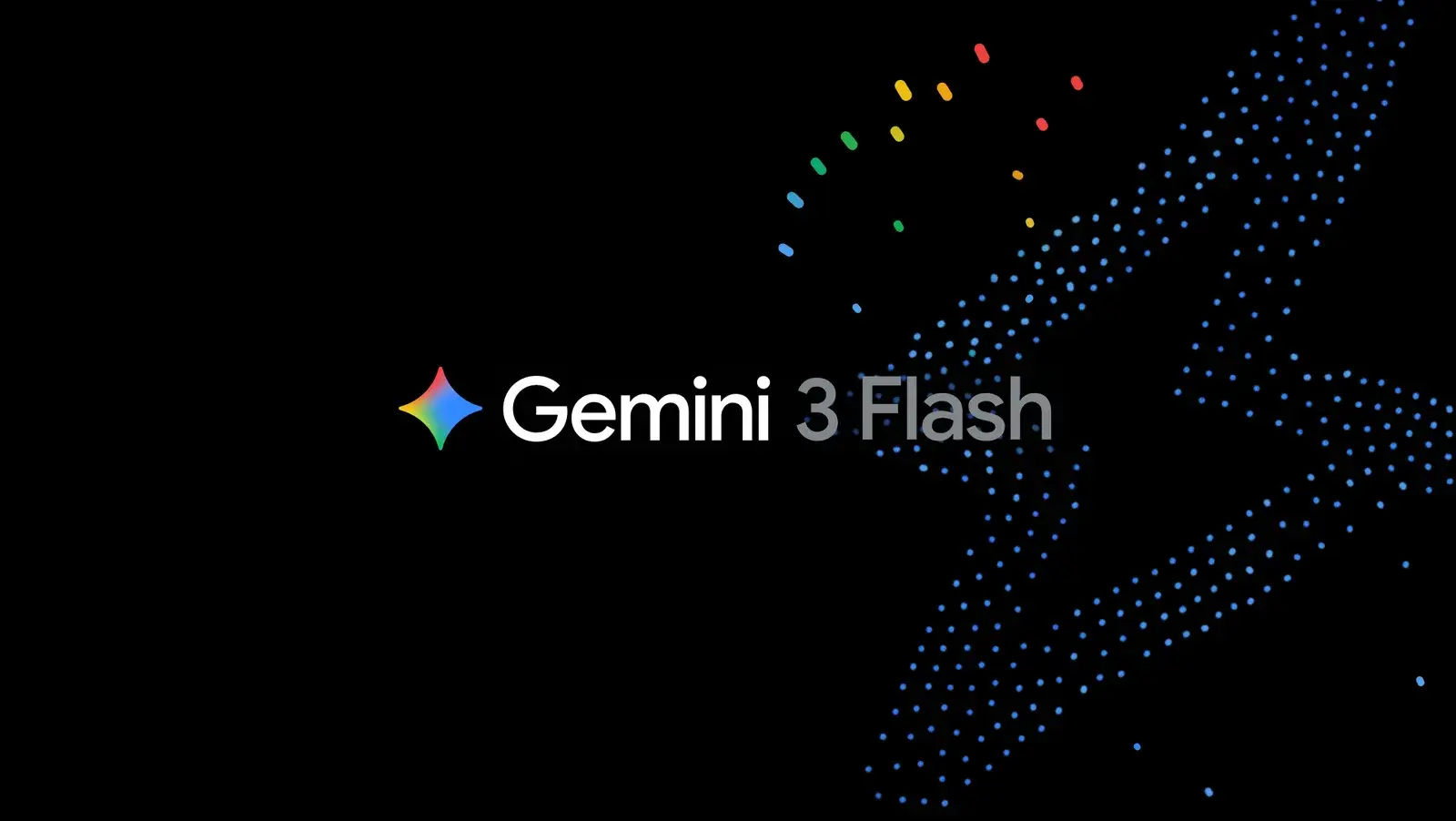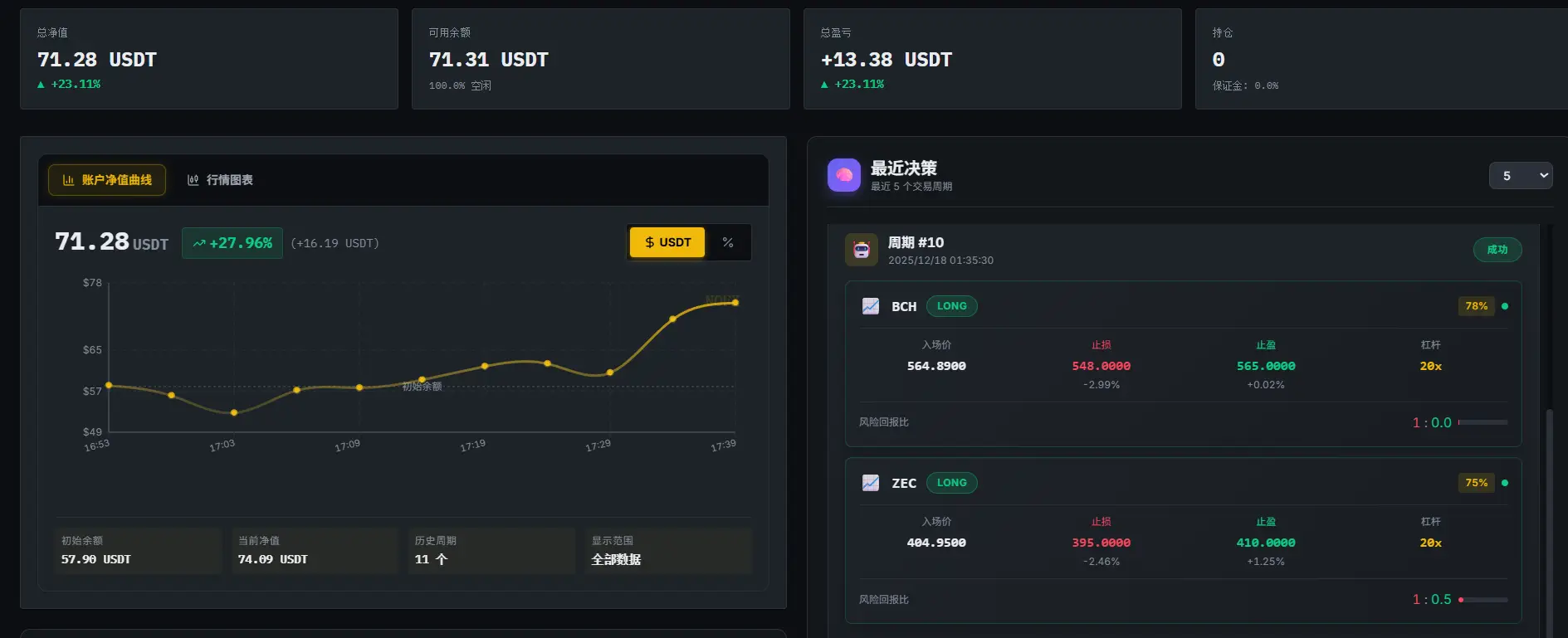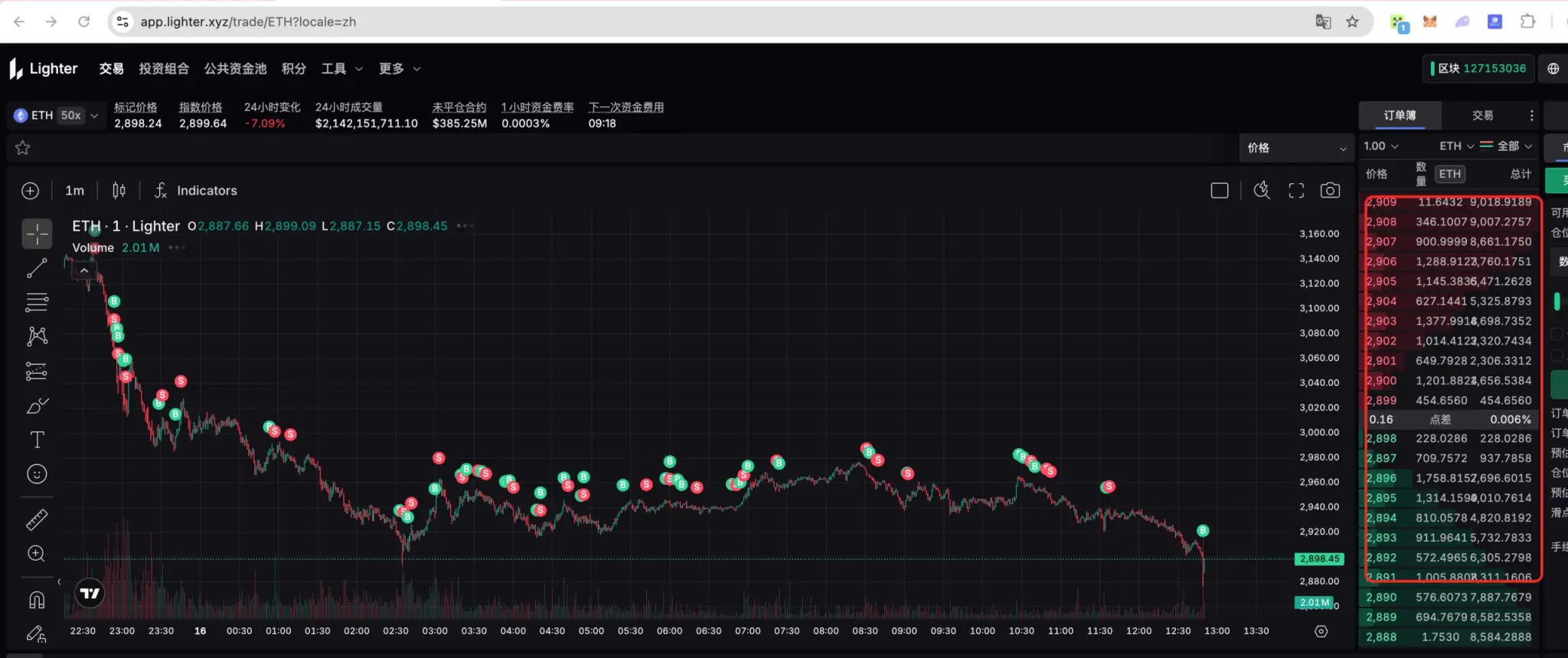曾经有一位名叫王大神的技术狂热者,他热衷于探索新的技术和挑战,尤其是在他的MacBook上。有一天,他听说了LLaMA模型,这是一个纯C/C++实现的深度学习模型,支持4位量化。这个模型在Apple silicon上通过ARM NEON进行了优化,同时也支持x86架构的AVX2指令集。这一听闻,王大神兴奋不已,他决定尝试在自己的MacBook上运行这个模型,并体验它的强大性能。
步骤一:准备工作
首先,为了运行LLaMA模型,您需要进行一些准备工作。以下是一些关键步骤:
- 下载LLaMA模型的原始权重文件,并将它们放在合适的文件夹中(通常称为models文件夹)。
- 安装必要的Python依赖项,包括torch、numpy和sentencepiece。这些依赖项将用于模型的加载和运行。
- 如果您计划在ARM架构的MacBook上运行模型,确保您的设备上已安装了适当的工具和库以支持ARM NEON优化。
步骤二:模型转换和量化
现在,让我们进入LLaMA模型的转换和量化过程。以下是关键步骤:
- 使用提供的工具,将原始LLaMA模型权重文件转换为ggml FP16格式。这一步骤将模型准备好接受4位量化。
- 运行量化脚本,将模型量化为4位。这将减小模型的大小,同时保持其性能。
步骤三:运行模型
现在,您已经准备好运行LLaMA模型了。以下是如何运行模型的关键步骤:
- 使用命令行工具,运行LLaMA模型的主可执行文件。您需要指定模型的路径、生成文本的长度和其他参数。
- 模型将加载并准备好运行。您可以输入提示文本,模型将基于提示生成文本。
- 您可以根据需要在交互模式下与模型互动,也可以使用反向提示来模拟多个用户之间的对话。
示例运行
以下是一个示例LLaMA-7B模型的运行过程,以及模型生成的文本示例。这个示例展示了如何在MacBook上运行模型,以及模型生成的文本的质量。
# 在合适的文件夹中构建LLaMA模型
git clone <https://github.com/ggerganov/llama.cpp>
cd llama.cpp
make
# 下载并准备LLaMA模型的原始权重文件
ls ./models
65B 30B 13B 7B tokenizer_checklist.chk tokenizer.model
# 安装Python依赖项
python3 -m pip install torch numpy sentencepiece
# 将7B模型转换为ggml FP16格式
python3 convert-pth-to-ggml.py models/7B/ 1
# 将模型量化为4位
./quantize.sh 7B
# 运行LLaMA模型
./main -m ./models/7B/ggml-model-q4_0.bin -n 128
这个示例展示了如何在MacBook上运行LLaMA-7B模型,并生成了关于建立网站的提示文本。
用法提示
- 当您运行较大的模型时,请确保您的设备有足够的磁盘空间来存储所有中间文件和模型。
- 您可以在交互模式下与模型互动,随时中断生成并输入文本以扩展上下文。
- 使用反向提示可以模拟多个用户之间的对话,使交互更有趣。
限制和注意事项
尽管LLaMA模型是强大的,但也有一些限制和注意事项:
- 量化对生成文本的质量可能会有一定影响,需要谨慎使用。
- 考虑使用令牌采样以改进生成文本的质量。
- 加速框架目前未被使用,因为与ARM NEON内部实现相比没有任何好处,这可能会在将来得到改进。
结论
通过本教程,您学会了如何在MacBook上运行LLaMA模型,并将其转换为4位量化,以获得更小的模型大小和更高的性能。尽管量化可能会对生成文本的质量产生一定影响,但您可以根据需求进行调整和改进。
希望这个指南对您有所帮助,让您能够轻松地探索LLaMA模型的强大功能,以及在MacBook上运行它的乐趣!
注意: 请在使用LLaMA模型时遵守适用的法律和政策,以确保合法和合规的使用。





